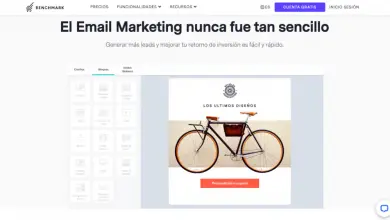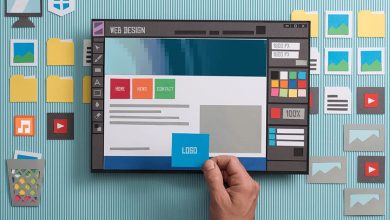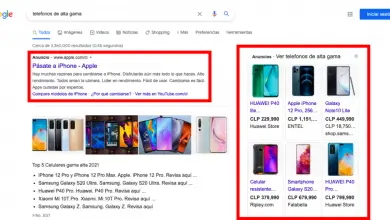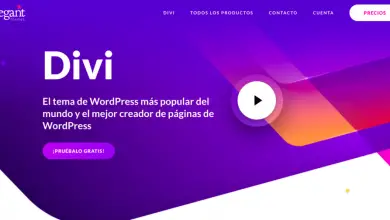How to make a sales funnel?
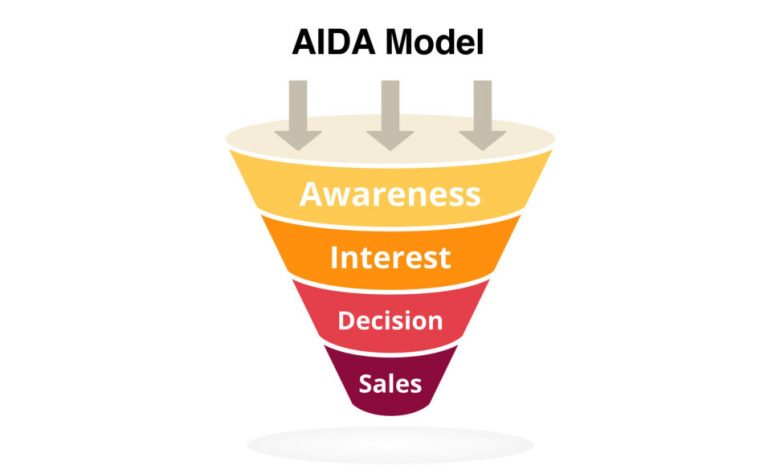
In this guide you will learn how to create a sales funnel for any type of business and some strategies to increase your conversions.
Un sales funnel is a visual representation of the stages of a buyer's journey, from the moment they arrive on your page until they complete a purchase. But how do you create a sales funnel and how do you get the most out of this tool?
Let's start!
What is the AIDA model?
AIDA is an acronym for the following:
- Sensitization.
- The interest.
- Desire (desire).
- Stock.
The AIDA model is the traditional way to follow the customer journey through your sales funnel ...
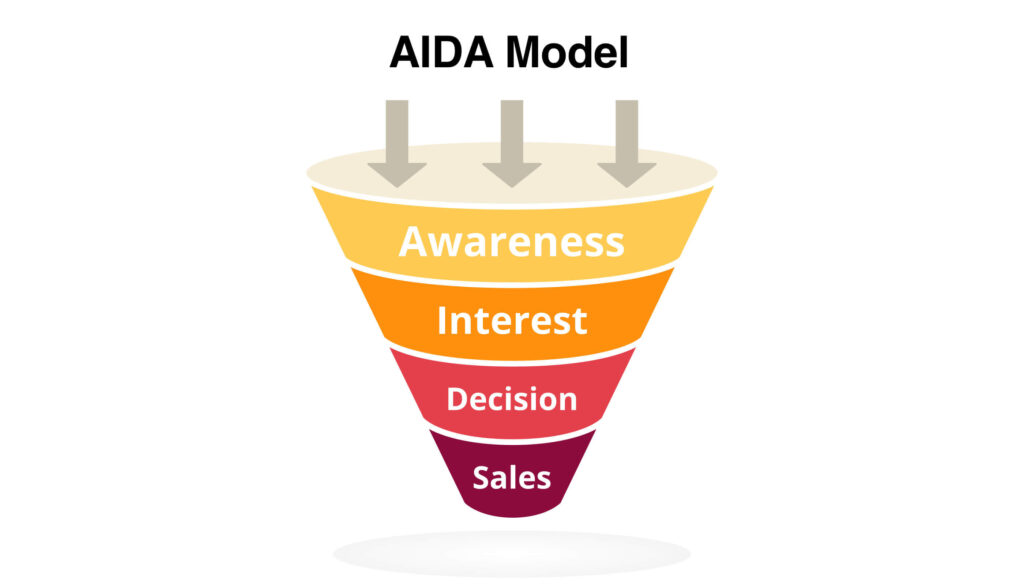
This model is based on the four classic stages that people go through during the buying process: awareness, interest, desire and action.
Should I use AIDA to create my sales funnel?
Sensitization: First, a person finds out about your brand and you become a leader.
Interest: Then you develop their interest in your product.
Desire: your goal here should be to get prospects from just thinking they like something to actively wanting it, possibly by making offers or carefully placing glamorous ads for repeat exposure.
Action: Finally, you encourage a potential customer to take the desired action, turning them into a customer.
In reality, not everyone who visits your website will become paying customers, which is why we use some form of funnel.
What is the problem with this model?
This is a rigid and unrealistic way of looking at how people move through the stages of a sales cycle.
Leads are human and the sales process is rarely linear. Often times, people go back to different stages of the sales cycle before they are ready to close the sale ...
In other words, people need care before they buy a product. As digital marketing specialist, you need to understand their behaviors, personalities and needs to turn them into paying customers.
Instead of just a sales funnel, you need a bigger sales funnel flexible.
While you may be tempted to start with a simple sales funnel, you will increase your chances of success by starting with a more flexible sales funnel. Let me explain to you exactly how it's done.
Create a flexible sales funnel
There are nine main steps to creating a successful sales funnel, based on a combination of AIDA and less restrictive techniques.
1.- Determine the ideal route for the buyer
The goal of a sales funnel is to create an effective buying journey and increase your conversions. To increase your conversions, you must first identify your starting point and your end goal.
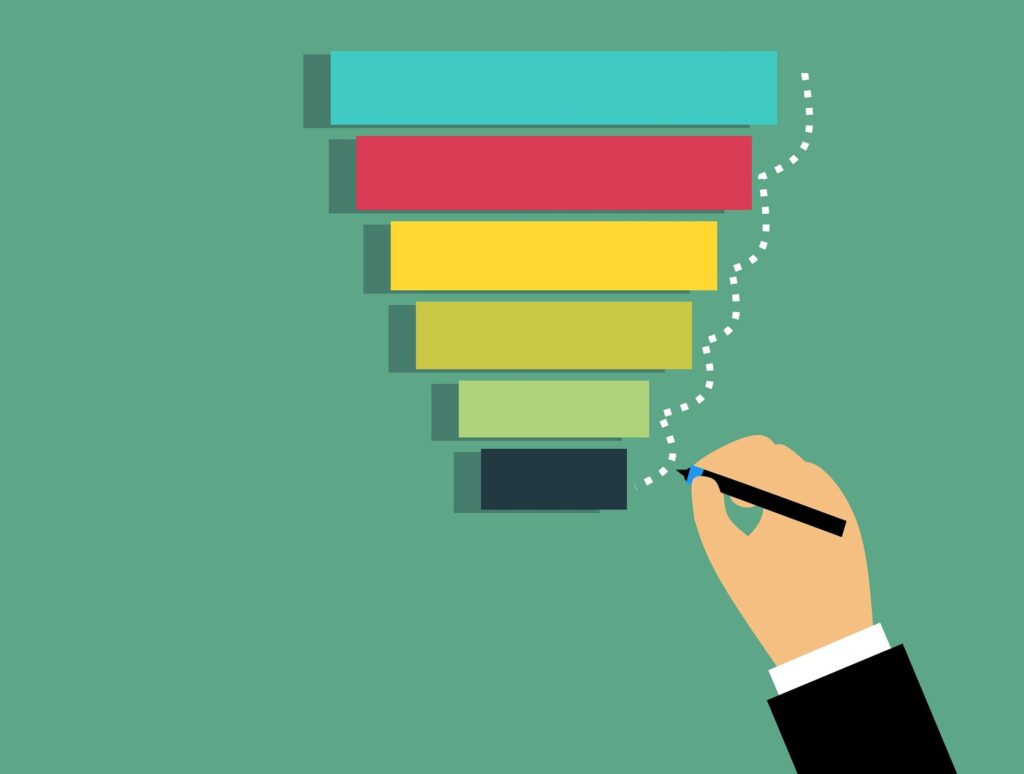
In other words, you need to identify three things:
- What a typical buyer's journey looks like right now.
- What is your end goal or what action do you want a potential customer to take.
- How you can improve your current buyer's journey to increase the likelihood of potential customers becoming paying customers.
Once you've identified your end goal, you can define it as a sales funnel. Visualizing or mapping your funnel can help keep you on track for the future.
2.- Set goals for each step of your funnel
Think of your funnel in three distinct parts: the top, the middle and the bottom.

Decide what you want from each stage of the funnel; For example, you might want to increase your traffic at the top of the funnel, increase your engagement rate in the middle, and increase your conversions at the bottom.
Once you've set concrete goals, consider using tools to track your progress and make sure you're meeting those goals.
For example, you can use Google Analytics or a web traffic tracking program like ClickMagick to measure your success rates.
Unless you are clear about what you need at each step of your funnel, it is impossible to know if you are achieving your goals. Take the time to think about your overall goal before you create a sales funnel.
3.- Make a content plan for each step
Each part of the funnel (top, middle, bottom) requires its own marketing plan for prospects to move from one stage to the next.

It is very important that you plan the content well for each part of your funnel:
Top of the sales funnel
The first step is to create brand and product awareness. You are trying to generate buzz and encourage potential customers to learn more about your business and how your products can help them.
At this early stage, use visually appealing content such as videos, short blog posts, and social media posts to showcase your business and highlight your brand story.
Sales funnel center
You have someone's attention, so now is the time to gain their trust and explain why they need your product.
Ultimately, a potential customer might be in this stage for a while. The focus should therefore be on creating valuable, informative, and trustworthy content, such as case studies, video tutorials, and downloads.
Bottom of the sales funnel
The last step should be to give potential customers a reason to buy your product, sign up for your service, or take any other action you want.
Marketing strategies at this point could include free trials, actionable emails, and calls to action.
4.- Create content to generate notoriety
In this first step of your funnel, you try to generate publicity around your brand and your product. Why should a customer care about your business? How do your products solve the problems they encounter? ...

Answer these questions to help you develop a strategy for Content marketing for this step.
Also research the competition. Think of what you can learn from your landing pages, sales pages, social media and blogs How do you attract potential customers?
With all of these questions in mind, here are some examples of ways to raise awareness and create appropriate content for the first step of a sales funnel.
PPC Ads
Consider using advertisements PPC Marketing and SEM campaigns to increase traffic in the first place.
SEO
Optimize your content for the SEO so that it ranks well in search engine results. This way people are more likely to find you online.
Social media
Access popular social media platforms like Facebook, Twitter, and Instagram. Post regularly and engage with followers to build engagement.
Set up a referral program to reward people who recommend your products and services on their social networks.
Other ways to generate interest in your brand include, for example, testing influencer marketing, conducting interviews, advertising on various platforms, creating information guides and designing printable checklists.
5.- Generates interest and desire
While the AIDA model qualifies “interest” and “desire” as two distinct outcomes, in real terms they are the same.
Generating interest, or generating desire, comes down to one key thing: create engaging content. You build awareness around your brand, show people why they “need” what you are selling, and as a result, they decide they “want” your product.

How do you create quality content to get people to go through this stage of your funnel? ...
Here are some ideas:
Start a blog
Create authoritative blog posts to educate your audience. If a user finds your content valuable, they're more likely to trust you enough to spend money on your products.
Recommended reading: How to start a blog step by step.
Create videos for YouTube
Show your product in action by creating videos for YouTube. Video content helps people visualize how the product could benefit them, making them feel like they “need” the article.
Send informational emails
If you have contact details for a potential client, send them selected email content, such as summaries of your top blog posts, client testimonials, or tips and advice that your reader might find helpful.
Recommended reading: What is email marketing and how does it work? .
There are other ways to generate interest as well, such as starting a podcast, creating product guides, running a free trial program, or offering product samples.
6.- Encourage users to take action
At the end of the funnel, your goal is to turn a prospect into a customer by encouraging the required action.
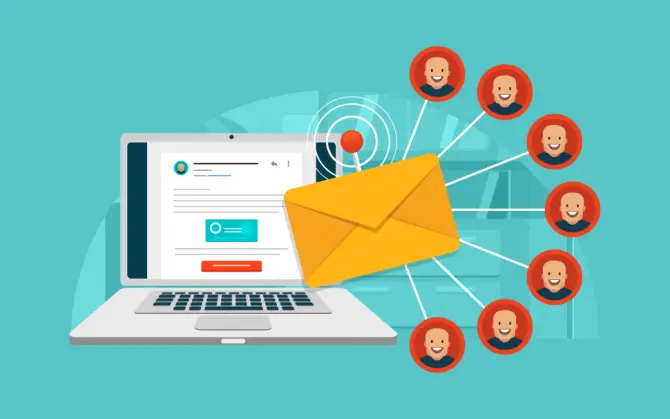
While you can skip this funnel step if it works for your business, here are some ways to optimize your strategy for this step.
Create PDF Download
Gather valuable content into a PDF download and give it away in exchange for your contact details. Make sure your document promises to answer your customers' common questions, to encourage them to download it.
Add a call to action (CTA)
Calls to action clarify the action you want people to take, so don't forget to add them to the content you create.
At this point in the funnel, you're trying to get customers to take one final step to complete the cycle, so give your CTAs a sense of urgency. Emphasize how your product can solve their problem and why they need to act now.
Facilitated the acción de los clients mostrando el CTA en un lugar destacado, como la parte superior de una página de destino, el final de una publicación de guía o en un colorido botón en el que se puede hacer clic en un punto estrategico de un video Youtube.
Finally, consider testing your CTAs to identify which strategy resonates the most with your audience.
Send processable emails
In many ways, marketing is about helping people help themselves. Send them clear, concise, and actionable emails outlining how they can solve their problems while purchasing your products and / or services.
Again, make sure there is a clear call to action so potential customers know what action you want from them.
Integrate customer testimonials
Did you know that 72% of customers won't make a purchase until they've read some reviews? ...
Give these customers the peace of mind they need to take the final step by adding a few testimonials to your page.
You can simply ask for customer reviews, or you can take a look at your existing reviews on websites like Facebook and LinkedIn and ask for permission to share them on your content.
7.- Keep your customers
Marketing isn't just about finding customers, it's also about retaining them.

That is why:
-Acquiring new customers can cost up to 30 times more than retaining them.
-Your existing customers are approximately 50% more likely to try your new products.
-40% of sales, on average, can be attributed to repeat customers.
Sounds good, doesn't it? ...
Here are some strategies to retain these loyal customers.
Next sale
The next sale is when you follow a customer after a purchase and offer them a similar product with, perhaps, a great discount attached. Not only does this allow you to connect with your customer and make them feel valued, but it is also a way to potentially increase your income.
Create loyalty programs
Loyalty programs are essential to any customer retention strategy, as 81% of millennials spend more money when they are members of a loyalty plan. However, since loyalty programs aren't new, you need to get creative if you plan to create a winning program.
Product Updates
When you update your products, you keep up with changing customer demands and changing expectations. You show your loyal customers that you value their continued loyalty.
Other techniques
How else can you keep these important customers? ...
Well, you can try marketing strategies like:
- Organize members-only events.
- Send exclusive emails.
- Organize contests or sweepstakes.
- Start a customer service RSS feed.
8.- Make your current customers buy more
Finally, don't forget to capitalize on your existing customers by encouraging them to make more purchases.
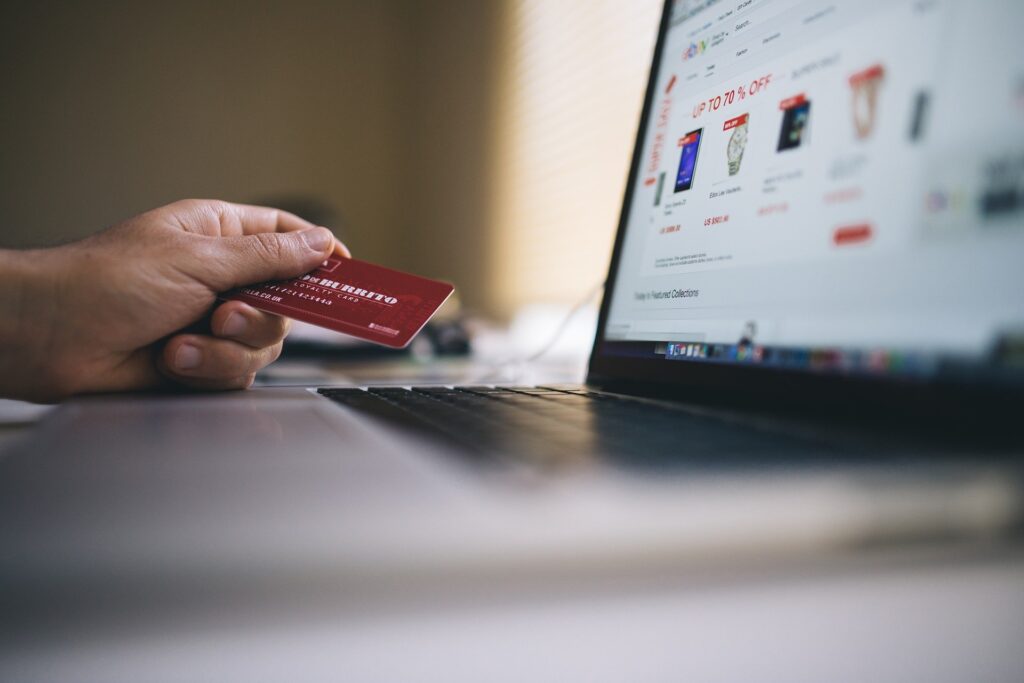
There are a few strategies you can try, so here's a look at your best options.
Cross-selling
With cross-selling, you look at a customer's most recent purchase and show them similar products that they might be interested in. Or, during the sales process, you offer her other items that complement the item she is currently purchasing.
Additional sale (Up-Selling)
An upsell occurs when you offer the person an additional product or an improved and more expensive version. This strategy is extremely effective. However, do not try

